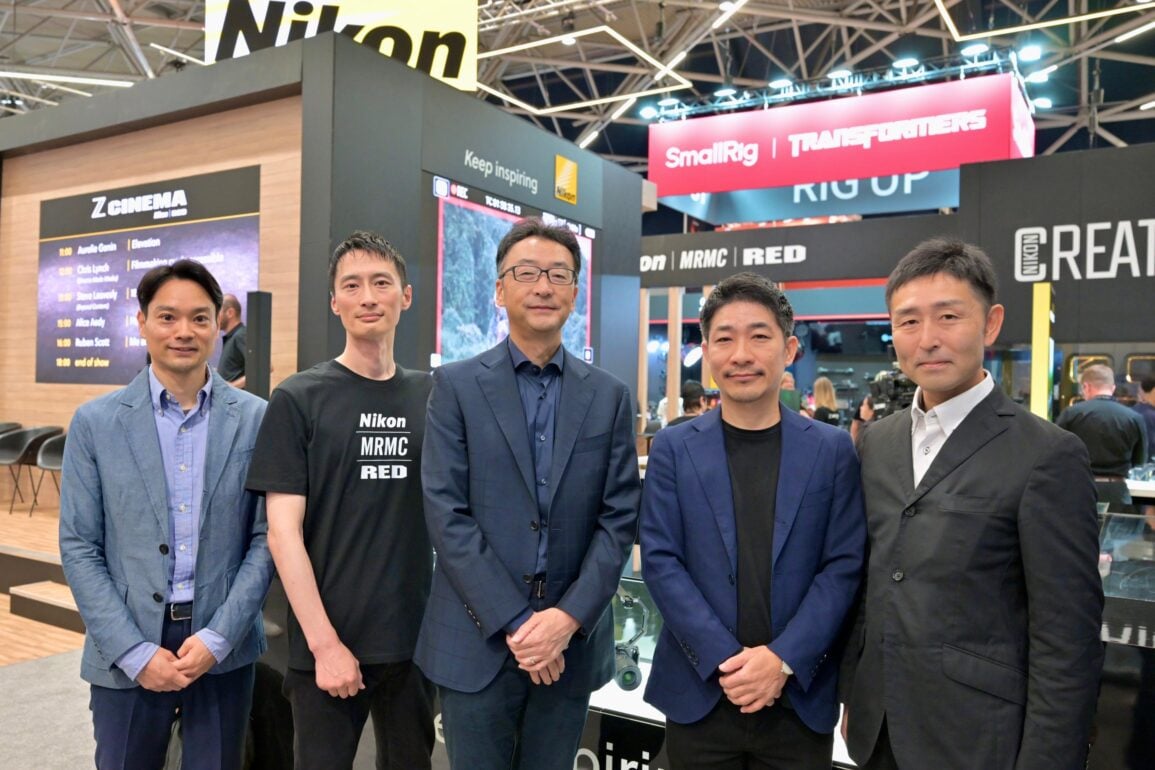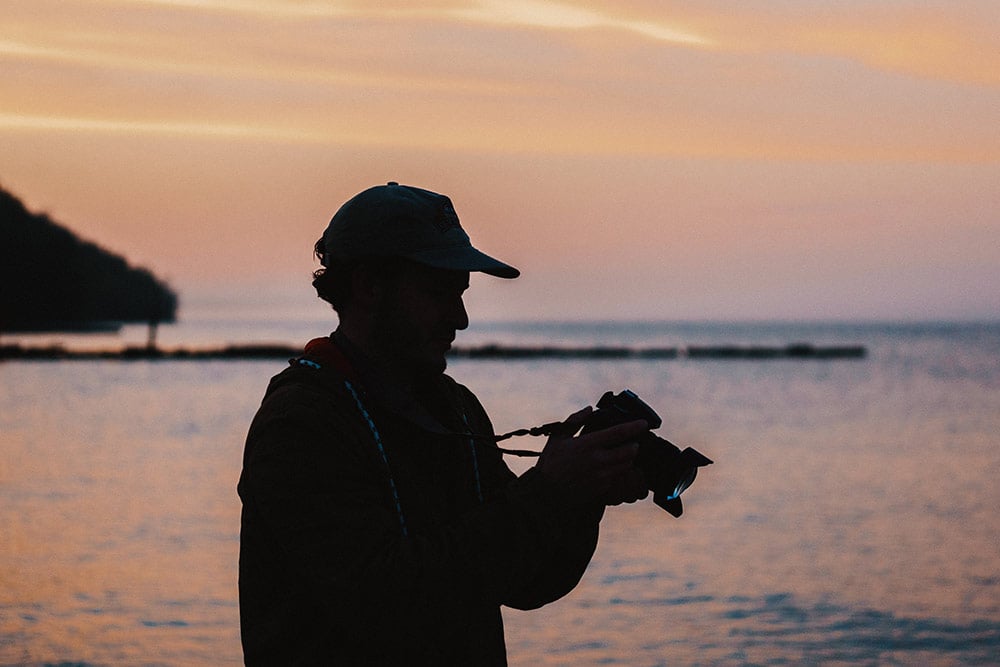During the IBC 2025 show in Amsterdam, Phototrend had the opportunity to speak with several Nikon executives and engineers about the Nikon ZR, the brand-new compact cinema camera. Priced at under $2,200, this ultra-lightweight mirrorless camera integrates RED technology and aims to democratize professional cinema workflows. Here’s the interview.
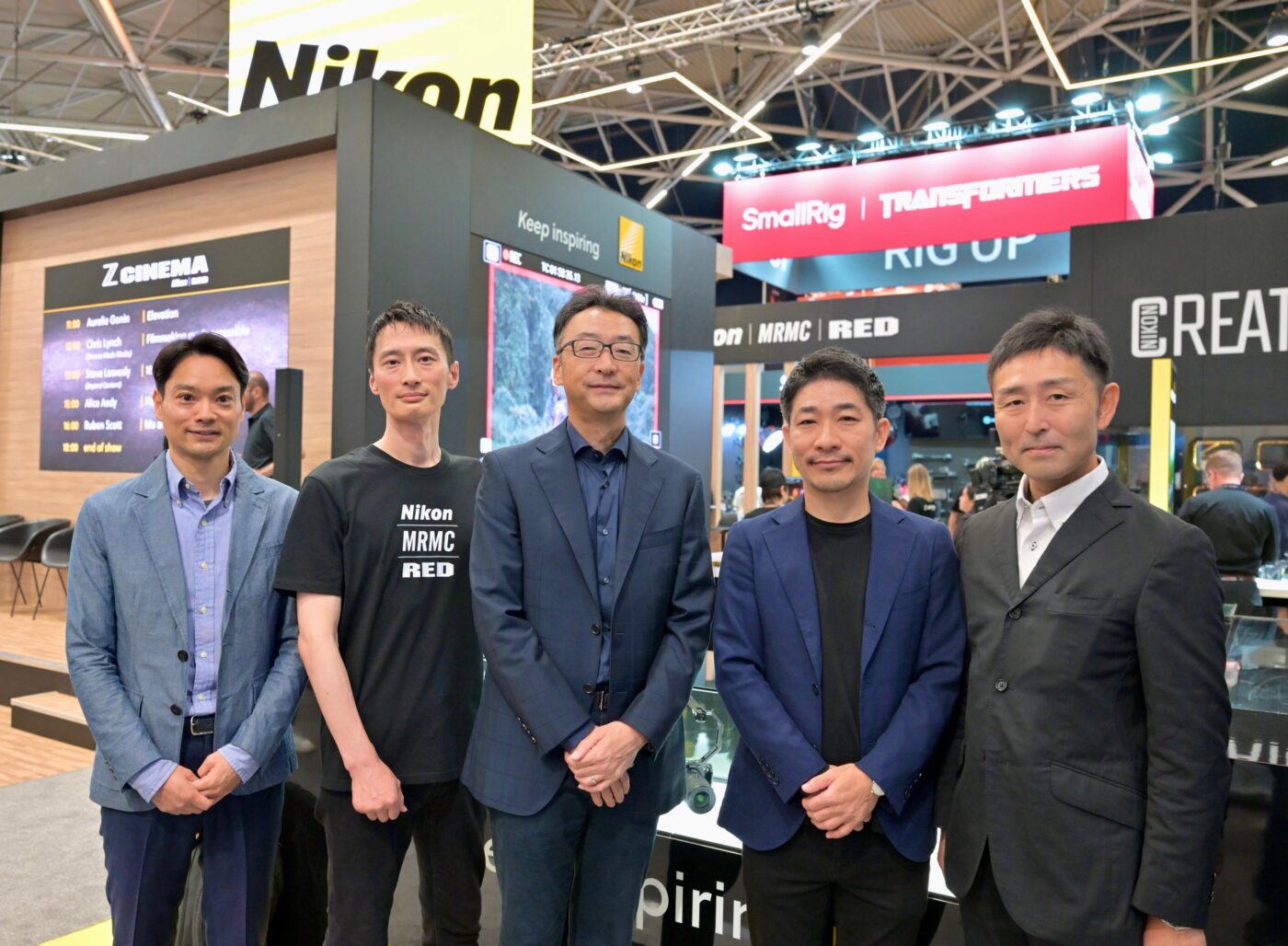
With a price tag below $2,200, the Z R is positioned very aggressively compared to the competition. Is this a strategic move to establish a new standard in the compact cinema market?
Yamaoka Hiroki: We would like many people to experience cinema industry standard workflow, especially RAW video recording and post-production with much more flexibility and creativity. So we have already expressed positioning in our mirrorless camera series, such as Z5 II or Z6 III, which offers RAW video recording capability at affordable price already.
So in addition to the previously existing RAW codec options, our new cinema camera ZR offers a new RAW codec R3D NE, which expands the user experience to top-end cinema production level thanks to achieving RED color science.
The reason why we can make it happen is Nikon Expeed 7 excellent image processing technology, which allows us to develop such a high performance cinema camera in an efficient way.
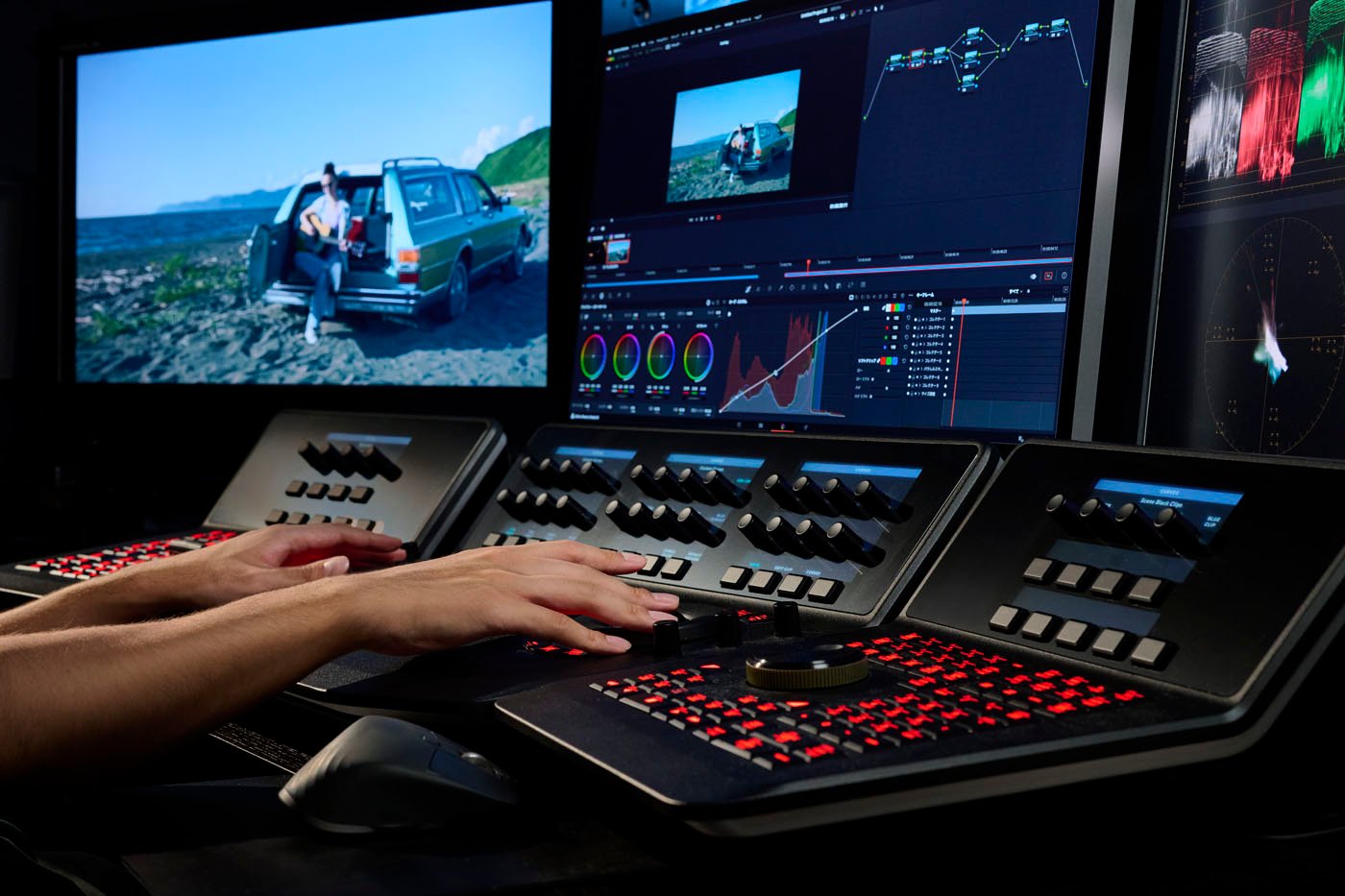
So we hope that many people and the younger generation from professional filmmakers to video creators, including many, many younger generation, will enjoy our new product in Z Cinema series.
While it shares the semi-stacked sensor of the Z6 III, the Z R focuses heavily on RED’s Color Science, also with a 15+ stops dynamic rang in Log3G10. Can you remind us of the main benefits of this approach?
Satoru Takeuchi: Even before starting the collaboration with RED, Nikon already had the technologies, including sensor, color science with image processing and RAW video recording. By fully leveraging these assets, we were able to integrate RED’s color science into the ZR configuration.
This includes support for RED Wide Gamut and Log3G10, enabling recording in the R3D NE format.
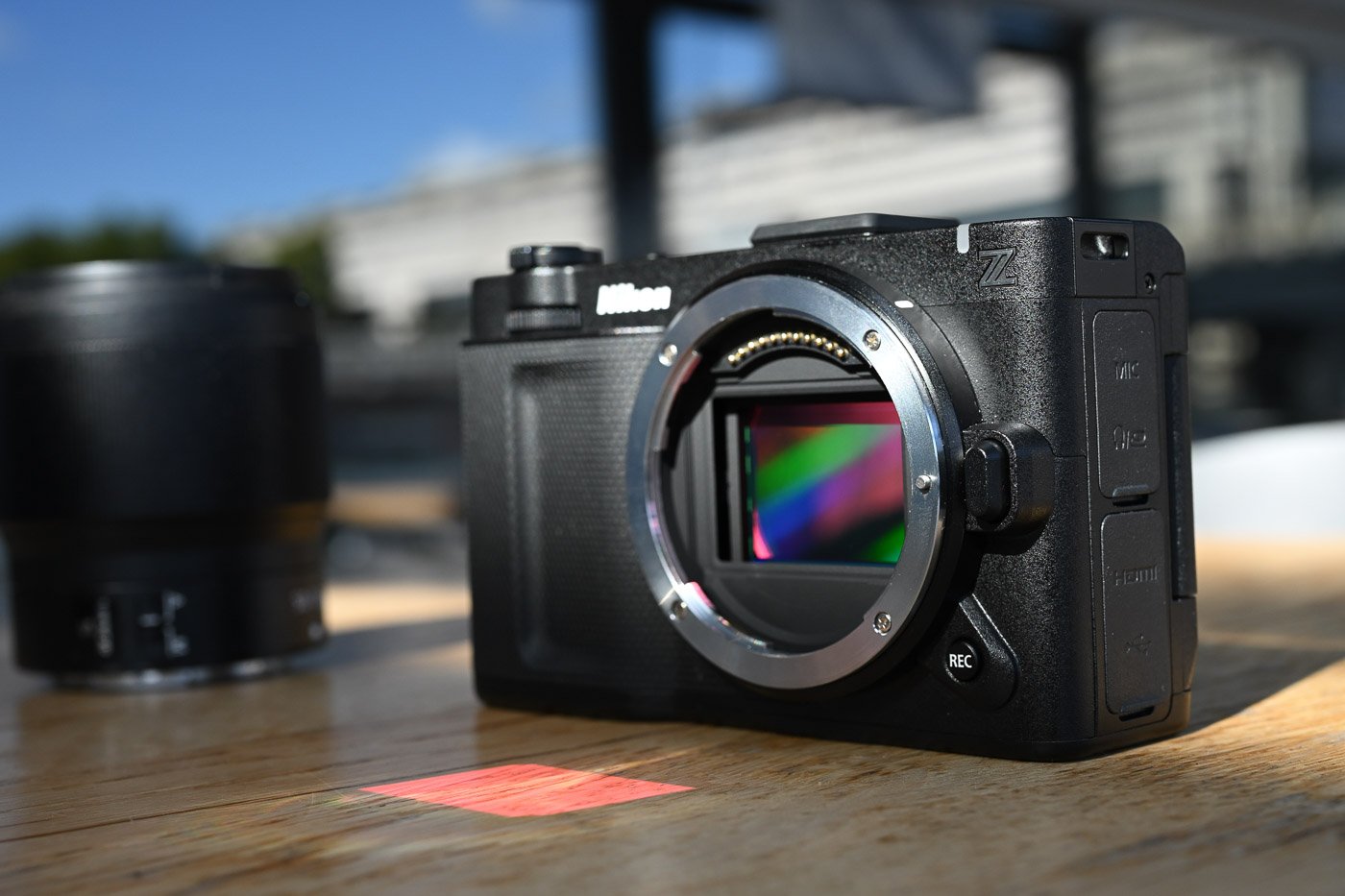
In addition, by optimizing the sensor’s dynamic range to integrate RED color science and base ISO, the ZR achieves a wide dynamic range of over 15 stops — a hallmark feature of RED cinema cameras.
This new body supports REDCODE RAW, RED’s proprietary RAW video format. What are the main advantages compared to N-RAW and ProRes RAW?
Satoru Takeuchi: The new ZR features the R3D NE video codec, which is based on RED’s R3D format.
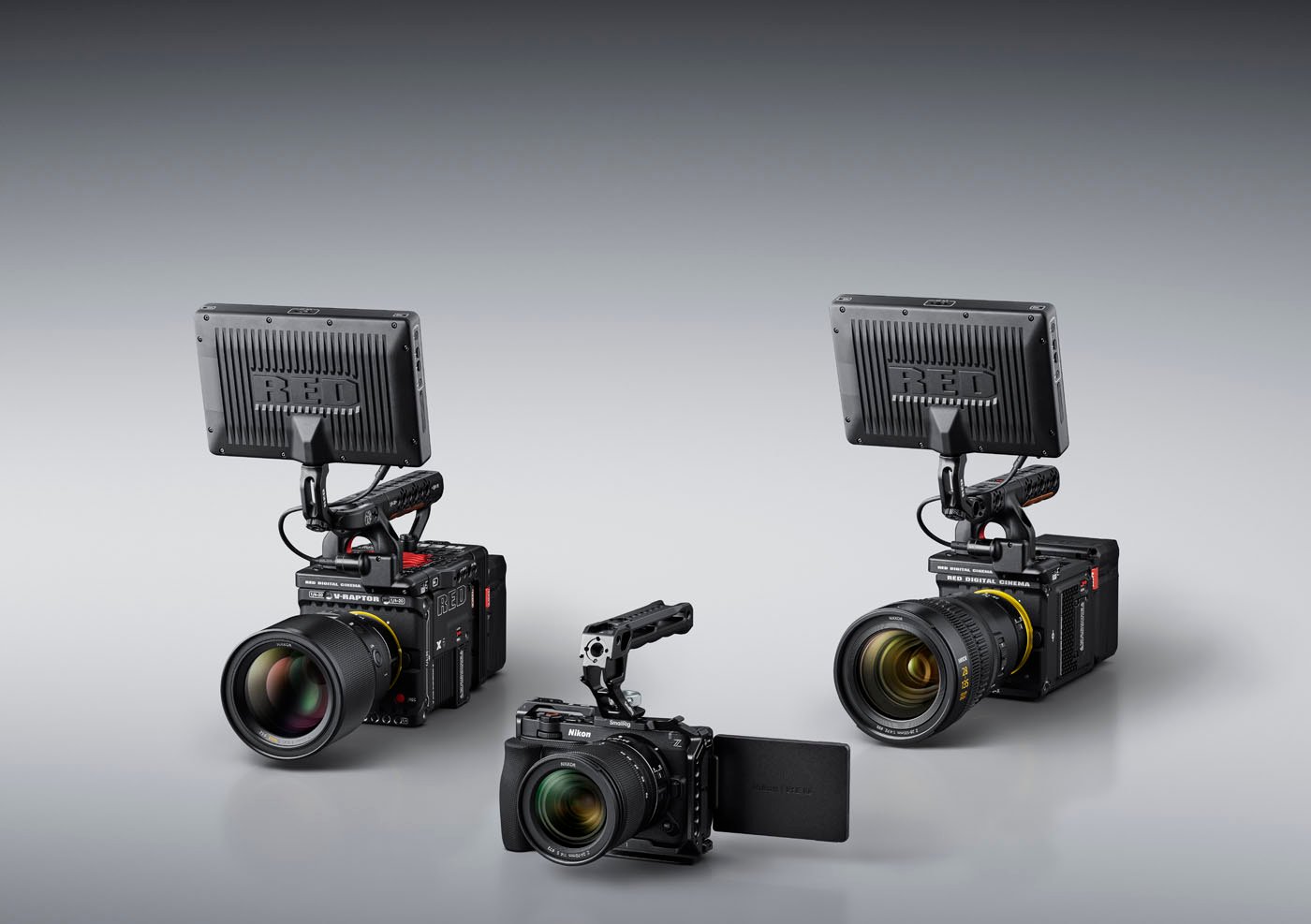
R3D NE uses RED Wide Gamut and Log3G10, standards that are widely adopted in the film industry, and it also inherits the same color science as RED cameras.
This means users can benefit from the same workflow used in cinema productions, ensuring compatibility and flexibility in professional film environments.
You chose a bright and high-resolution 4-inch display. Is this meant to eliminate the need for an external monitor/recorder, which is often costly for filmmakers?
Noriaki Mochimizo: Yes, so considering the importance of real-time monitoring and composition, we adopted a distinctive 16:10 aspect ratio display. This design secures the full 16:9 video area while placing key settings information outside the frame.
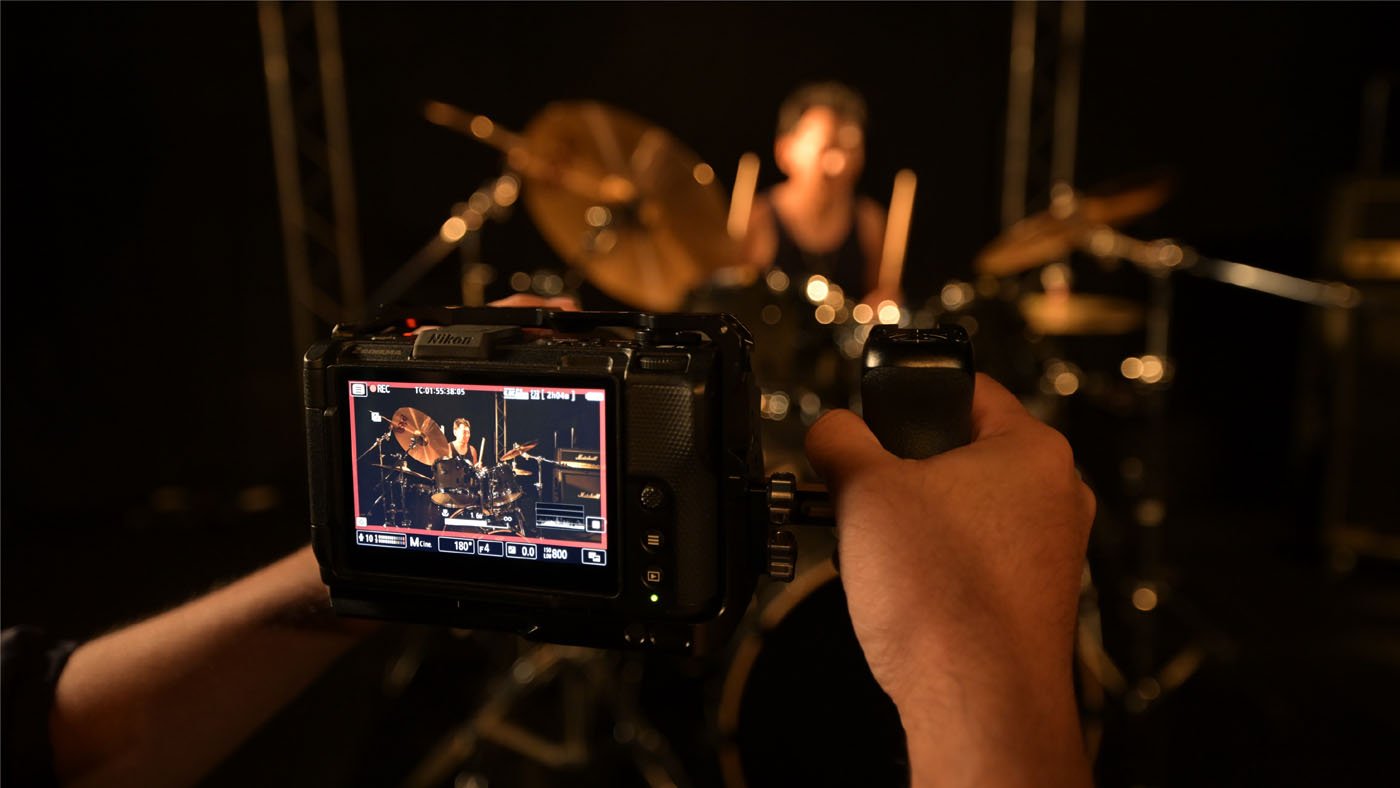
As a result, both the live view image and the settings remain easy to view at the same time. This makes shooting more convenient without the need for an external monitor or recorder.
The Z R’s compact grip and 540 g weight make it a highly mobile video tool, but with no active cooling. Doesn’t that raise concerns about sustained performance in field use?
Noriaki Mochimizo: First of all, the front cover, top cover, and back cover of this camera are made of magnesium alloy. By using magnesium alloy for these covers, and by efficiently dissipating heat from the imaging sensor and engine through heat-dissipation sheets, the camera can support long-duration video shooting.
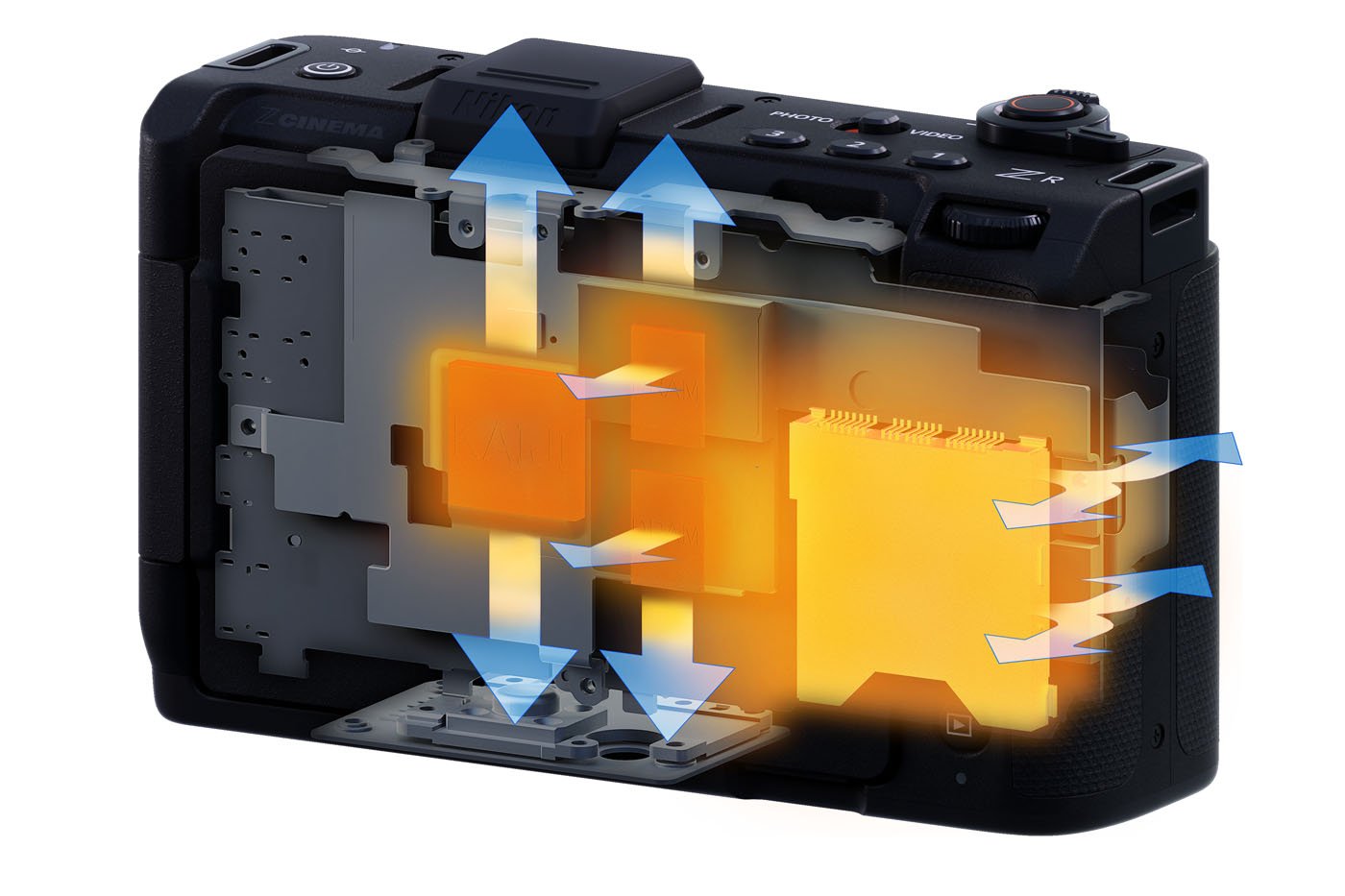
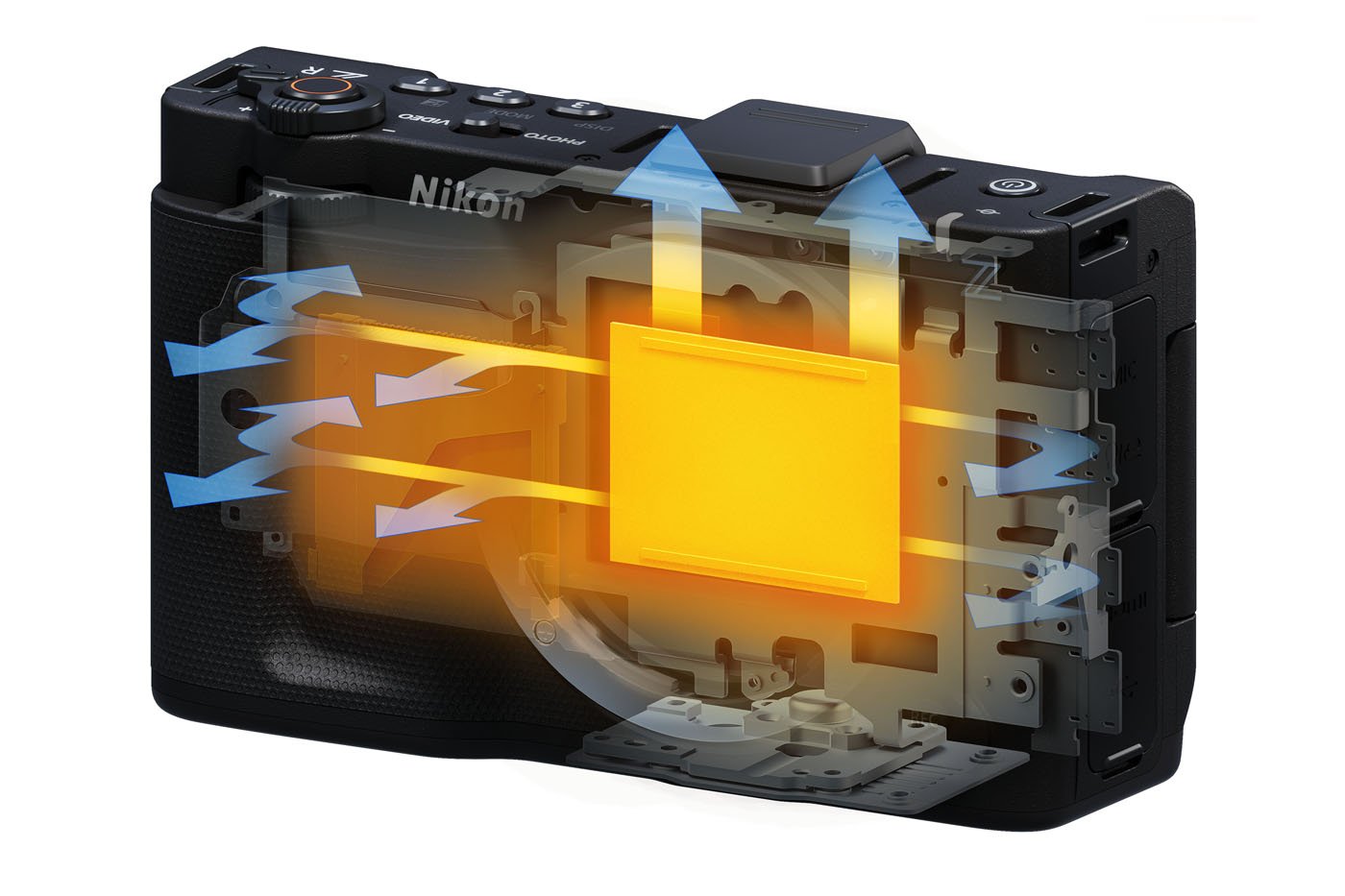
Because compact components are used, the ZR could not adopt the same heat paths as previous models like the Z9 and Z8, which made development very challenging.
Therefore, we devised new thermal pathways that had never been used before. Through simulations and repeated real-world testing, we carefully refined the design. Thanks to these efforts, we were able to achieve this level of performance in such a compact form factor.
Internal 32-bit float audio recording without an XLR module is a first in a mirrorless video body. How did you technically achieve this integration in such a compact body?
Noriaki Mochimizo: in order to achieve the required dynamic range, it was necessary to incorporate a 32-bit float workflow. To make this possible, we changed the system and wiring design on this model to make it possible.
The Z R also incorporates Nokia’s OZO spatial audio technology, previously seen only in smartphones. What are the expected creative and professional use cases for this feature?
Satoru Takeuchi: OZO Audio is designed with solo operators and small crews in mind. In this case, it can also be applied to film and drama recording.
While large external microphones may be used in those setups, OZO Audio makes it possible to capture high-quality sound even with the built-in microphones, including in scenarios like live events where on-camera mics are commonly used.
As mentioned earlier, the technology is aimed at professional applications, but it can also be used for other creative purposes.
Thank you to the Nikon team for answering our questions. We would also like to thank the team at Nikon France for making this interview possible.

